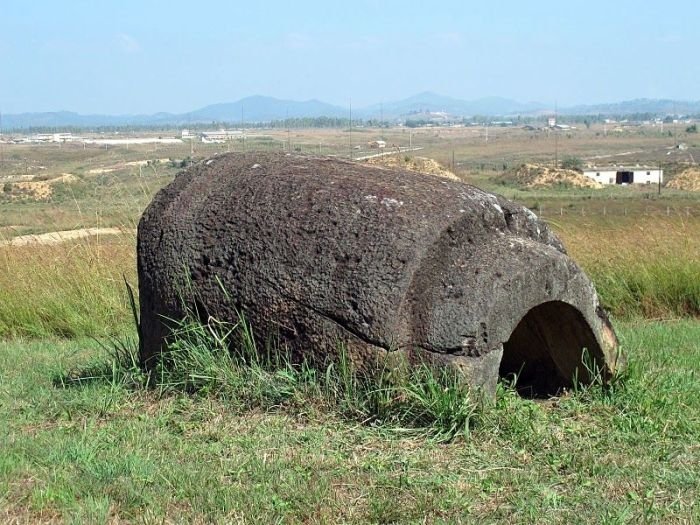|
|
The Plain Of Jars, Laos
|
The Xieng Khouang Plateau is located at the northern end of the Annamese Cordillera, the principal mountain range of Indochina. Initial research of the Plain of Jars in the early 1930s suggested that the stone jars are associated with prehistoric burial practices. Excavation by Lao and Japanese archaeologists in the intervening years has supported this interpretation with the discovery of human remains, burial goods and ceramics around the stone jars. The Plain of Jars is dated to the Iron Age (500 BCE to 500 CE) and is one of the most fascinating and important sites for studying Southeast Asian prehistory. The Plain of Jars has the potential to shed light on the relationship between increasingly complex societies and megalithic structures and provide insight into social organisation of Iron Age Southeast Asia’s communities. To visit the jar sites one would typically stay in Phonsavan.
The jar sites
More than 90 sites are known within the province of Xieng Khouang. Each site ranges from 1 up to 400 stone jars. The jars vary in height and diameter between 1 and 3 metres and are all without exception hewn out of rock. The stone jars are undecorated with the exception of a single jar at Site 1. This jar has a human bas-relief carved on the exterior. Parallels between this ‘frogman’ at Site 1 and the rock painting at Huashan in Guanxi, China have been drawn. The paintings which depict large full-frontal humans with arms raised and knees bent, are dated to 500 BCE - 200 CE .
|
|









